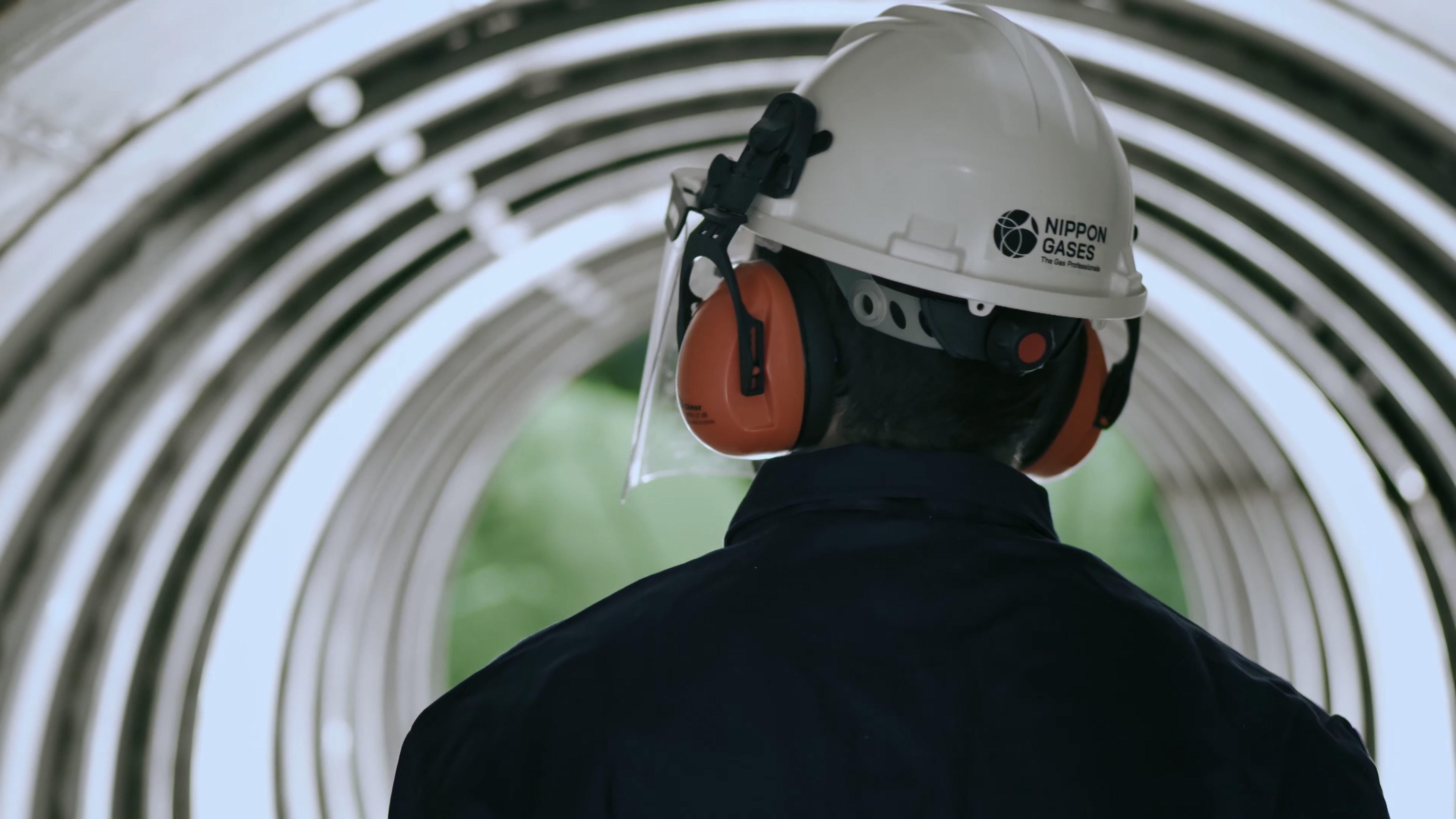The inert gas par excellence
Argon is a noble gas, 1.38 times heavier than air, and has a low ionization potential. As such, it can facilitate the formation of an electric arc. Argon has a tendency to concentrate penetration of the weld bead into the base material and it also offers a good influence on the stabilization of the electric arc.
-186°C
Boiling point
1,52 J/mol
First ionisation energy
1,3797
Relative density
Related gases
Acetylene for the metal fabrication industry
Acetylene is a fuel gas which, combined with Oxygen, generates a very high flame temperature and an atmosphere that can be used in braze-welding and other oxy-fuel technologies. Its instability is resolved by storing it in special cylinders that contain a porous mass that is first saturated with a solvent (Acetone or DMF). The Acetylene is than dissolved in the solvent to make it stable and safe to use.
Read more
Carbon Dioxide for the metal fabrication industry
Carbon Dioxide is the active gas par excellence, especially for carbon steel welding. The energy, coming from the electric arc, separates the Carbon Dioxide into Oxygen, the true active gas in the process, and Carbon. The carbon replaces the gas contained in the steel, which is lost in the welding process, leaving the chemical composition of the welded joint unchanged.
Read more
Helium for the metal fabrication industry
Like Argon, Helium is an absolutely inert gas that does not react under any circumstances. Thanks to its ionization potential, it transfers more energy, bringing more heat into the welded joint. In addition, the low specific weight of Helium widens the protection cone, which facilitates the cooling of the welded joint.
Read more
Hydrogen for the metal fabrication industry
Hydrogen is a combustible and very light gas that has the characteristic of binding easily with Oxygen. For its deoxidizing function and the contribution of energy it can give to the welding process, Hydrogen is used, in small percentages, in the TIG and MAG welding processes.
Read more
